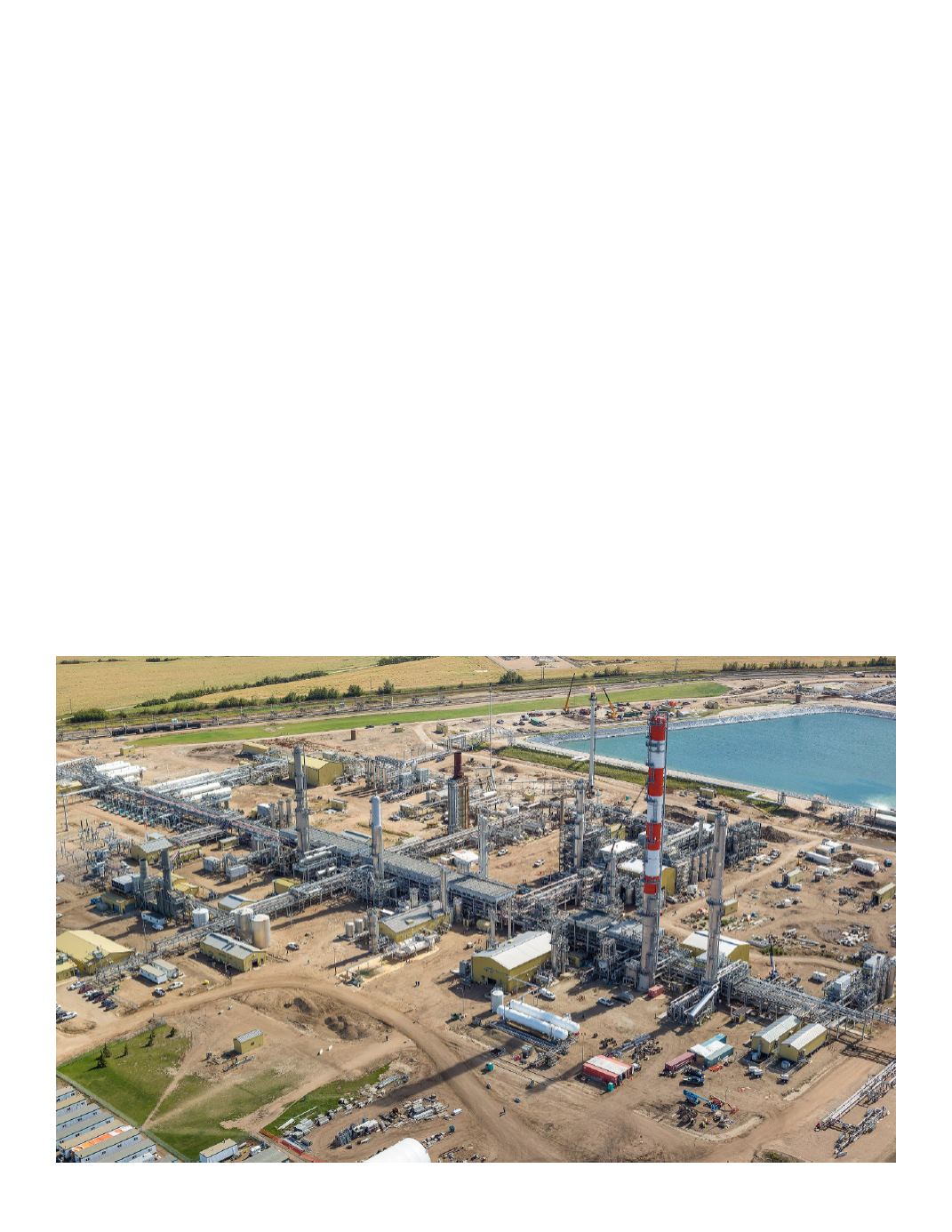
pany’s growth climbed steadily and pro-
gressively for 11 years. In 2012, however,
Rangeland’s expansion reached a vertical
steepness by taking on what Daye termed
landmark projects and consequently, the
number of people who worked at Range-
land doubled to 250 employees.
“We’re a strongly people-orientated
group… We have a good, close network
of people who are loyal to Rangeland. We
work well together,” Daye said.
Although the industry sits in a survival
mode business environment, Rangeland
has experienced these cycles a number
of times before. In Daye’s experience, the
current situation is not very different from
the oil crash of 2008. Instead, Daye said
that the toughest part of his job is people;
90 per cent of the company’s success is
based on relationships established with
people in the industry.
“The real challenge of people comes into
play when things are changing. The eco-
nomic environment is changing. With
growth, we’re faced with changing sys-
tems and the way we execute work.We’re
constantly being challenged on how to do
things differently,” Daye said.
FROM SALT CAVERNS
TO GAS PLANTS
One of Rangeland’s specialties is salt cav-
erns — structures used to store natural
gas, natural gas liquids or crude oil. Each
cavern can hold 300,000 to 800,000 bar-
rels and the technology involved is for-
JUNE 2016
H
business elite canada
5


